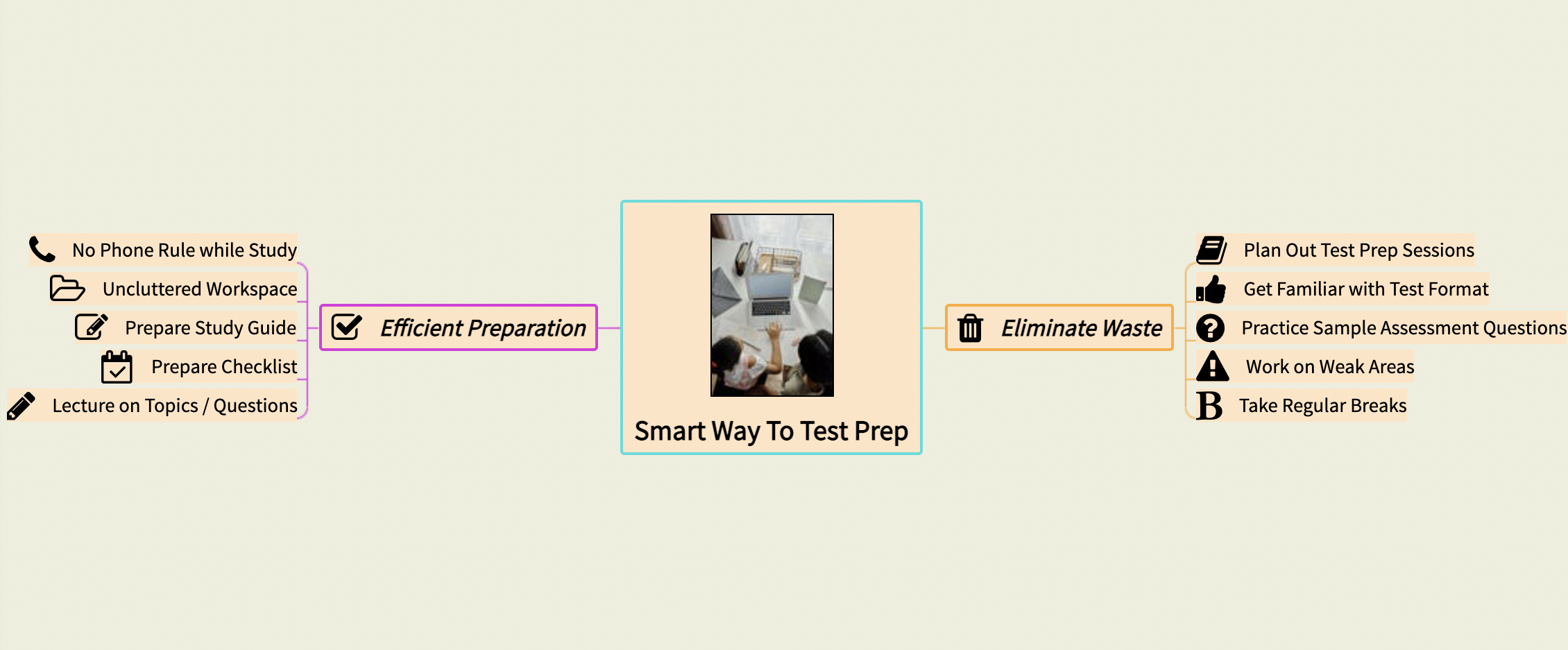 To reduce student anxiety and ensure high grades, good test prep is vital. Today, we’re going to describe a less explored strategy to prepare students for tests. In this blog I am going to describe a few strategies to help students for the tests.
To reduce student anxiety and ensure high grades, good test prep is vital. Today, we’re going to describe a less explored strategy to prepare students for tests. In this blog I am going to describe a few strategies to help students for the tests.
Eliminating Waste
To reduce wasted time for students and teachers, test preparation sessions should be planned out. Students should be required to do a planned testing activity for the allotted time. Lumos Learning has many practice questions for a variety of assessments, and also offer workbooks. Teachers can have students take practice questions to get familiar with the test format and to identify areas that they need to study harder.
The key to smart studying is to get students to pinpoint their weak spots and focus their attention on overcoming them. For example, doing practice reading questions is a waste of time if the student excels in it–if that same student struggles with math, then they should focus on doing math test questions. Parents can also access, or get their children to access, sample assessment tests and questions on Lumos Learning. In a 2012 study, Katherine A. Runson and John Dunlosky found that “Even small amounts of practice testing that do not necessarily involve criterion learning can yield meaningful gains in learning for a relatively small expenditure in time.” Practice tests are worth the investment of time and will help the student do well when the time comes to do the real test.
To avoid burnout and students failing to retain information, after one practice test has been completed or after studying for 60-90 minutes, give students 15 minute breaks so they can clear their minds and unwind. Parents are also recommended to make sure their children take regular breaks.
Efficient Preparation
No phone or talking rules should be strictly enforced during study time or practice tests so that students will only focus on the task at hand. Have them also tidy their desk space so that visually they will have an uncluttered workspace.
Another way to ensure efficient preparation is to give students a study guide for their assessments, and a summary of what each test is like. This will help them be more prepared and know what to expect from the test. Make sure to give them a checklist of things they will need for test day so they know what they will need on test day, and send home a copy of the list for parents so they can help out too.
If you want a more interactive strategy to break the monotony, have students break into groups and look up sample test questions. Task some groups with finding hard questions and some groups with finding simple questions. Then, have the entire class go over the questions everyone found.
Lastly, give lectures on certain topics or question types that might trip students up, and then give a sample test question or two to test what they just learned.
A Final Note
At the end of the day, you have a classroom full of students who have their own joys and sorrows inside and outside the classroom. Some of them are perfectly fine studying alone, and others need your one-on-one attention or help from a tutor. It’s important to remember why the testing is so important: it’s for the students and their well-being. So while applying some of these principles while ensuring test success, be sure to keep and eye on things like burnout or depression so that you know when to push the students harder and when to ease up on a bit on them to find the perfect balance for success.


